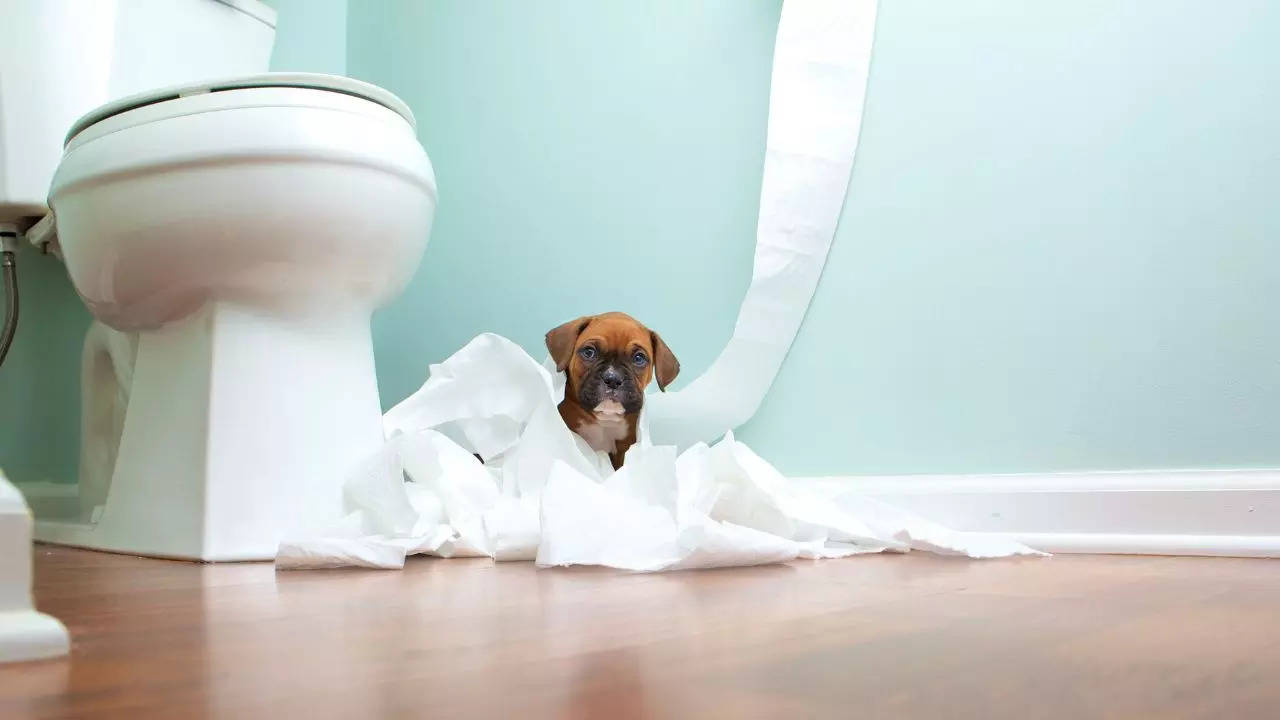Which Flushing Animal Waste Is Not Advisable
Which Flushing Animal Waste Is Not Advisable
Blog Article
Nearly everybody is bound to have their own unique piece of advice in relation to Should you flush animal waste down the toilet.

When it pertains to disposing of waste, especially animal waste, many people usually consider the practical alternative of flushing it down the bathroom. Nevertheless, this apparently very easy solution can have serious consequences for the environment and public health. In this short article, we'll explore why flushing pet waste down the toilet is a bad concept and provide different approaches for appropriate disposal.
Introduction
Appropriate waste disposal is essential for preserving environmental sustainability and public health. While it may seem safe to purge animal waste down the toilet, it can bring about various concerns, both for the atmosphere and human health.
Threats of flushing animal waste
Ecological effect
Flushing animal waste presents unsafe microorganisms and pathogens into rivers, which can adversely impact water communities. These microorganisms can contaminate water resources and harm aquatic life, interrupting fragile ecological communities.
Public health problems
Animal waste contains damaging germs such as E. coli and Salmonella, which can pose significant wellness dangers to people. Flushing pet waste down the toilet can infect water products, leading to the spread of diseases and infections.
Alternatives to flushing
Rather than flushing pet waste down the toilet, there are a number of different disposal methods that are a lot more eco-friendly and sanitary.
Composting
Composting pet waste is a green way to deal with it. By composting, raw material is broken down right into nutrient-rich soil, which can be used to fertilize gardens and plants.
Landfill disposal
Taking care of animal waste in a garbage dump is one more alternative. While not as eco-friendly as composting, it is a safer alternative to flushing, as it stops the contamination of water resources.
Family pet garbage disposal systems
There are specific pet garbage disposal systems available that securely and hygienically take care of animal waste. These systems frequently use enzymes to break down waste and eliminate smells.
Steps to appropriate pet garbage disposal
To make certain correct disposal of pet waste, comply with these steps:
Scooping and getting waste
Regularly scoop and bag animal waste using biodegradable bags. This prevents waste from contaminating the environment.
Making use of marked waste containers
Dispose of bagged animal waste in marked waste bins, such as garden compost bins or landfill containers. Prevent flushing it down the toilet at all prices.
Cleaning up can and family pet areas routinely
On a regular basis clean can and family pet areas to prevent the build-up of waste and microorganisms. Usage pet-safe cleaning products to preserve health.
Advantages of proper disposal approaches
Taking on proper disposal check here methods for animal waste provides numerous benefits:
Minimized environmental pollution
Appropriate disposal methods lower the threat of environmental pollution, securing waterways and ecological communities from contamination
Reduced threat of water contamination.
By avoiding flushing pet waste down the commode, the risk of water contamination is dramatically decreased, securing public health.
Boosted sanitation and hygiene
Appropriate disposal techniques advertise better sanitation and hygiene, creating a much safer atmosphere for both people and animals.
Conclusion
To conclude, flushing animal waste down the toilet is harmful to the environment and public health. By embracing alternative disposal methods and adhering to correct waste administration practices, we can minimize the adverse effect of animal waste and add to a cleaner, healthier world.
Why You Should Never Flush Animal Waste Down the Toilet
As a pet and property owner, cleaning up after your furry friends is important to ensure your property is clean and disinfected. However, when disposing of animal waste, many opt to flush it down the toilet. After all, it seems like the most convenient option, right? Unfortunately, this common practice can actually have harmful effects on your plumbing system and the environment.
What Comprises Animal Waste?
Animal waste refers to bodily excretions such as feces and urine from pets such as cats, dogs, and rabbits. These excretions contain bacteria, pathogens, viruses, and parasites that can harm humans and the environment. Some types of animal waste, such as feces from dogs and cats fed on processed foods, may contain harmful bacteria like E.coli, salmonella, and campylobacter. Flushing this type of waste down the toilet could pollute waterways and destroy the ecosystem.
Environmental and Physical Dangers of Flushing Pet Waste
In the environment, flushing waste can contaminate waterways, killing aquatic life and harming the ecosystem. The waste that might be considered flushing down the toilet could also adversely impact your plumbing and sewage systems in the following ways.
End Up in Sewage Treatment Plants
Flushing pet waste down the toilet can have a detrimental impact on sewage treatment plants and the overall water quality. Pet waste contains harmful bacteria and pathogens that, if not properly treated, can contaminate water sources and pose a risk to aquatic life and human health. Sewage treatment plants are designed to handle human waste and other biodegradable materials, but they are not equipped to effectively treat the bacteria and pathogens present in pet waste.
Clog Pipes
Density: Animal waste is often dense and easily gets stuck in pipes. Unlike human waste, which is designed to be flushed away smoothly, pet waste contains elements like grass, dirt, raw hide, hair, and other materials that can create blockages in the plumbing system. Potential damage: Flushing pet waste, even in small amounts over time, can lead to costly repairs. It can cause cracked pipes and other plumbing issues, resulting in the need for professional intervention. Public and private waste management systems: Flushed pet waste can also cause problems in public and private waste management systems. It can overload septic tanks and other sewage treatment systems, leading to backups. Leading to Untreated Sewage Overflows
Flushing excessive amounts of pet waste can overwhelm the sewer system's capacity to handle the additional waste load. This can cause backups and overflows, leading to untreated sewage entering waterways.
Additionally, pet waste, particularly when combined with other non-biodegradable items like wipes or litter, can create sewer pipe blockages. These blockages prevent the proper flow of wastewater and can cause sewage to back up and overflow.
Flushing Pet Waste Could Affect Human Health
In addition to environmental hazards, flushing pet waste down the toilet could be detrimental to human health. The bacteria found in animal excrement exposed to sewage might cause infectious diseases. For that reason, people whose immune systems have been weakened by particular diseases, medical treatments, or age can be in danger of disease from even the smallest bacterial exposure in contaminated water.
Alternative Ways to Responsibly Disposing of Pet Waste
The most secure and sustainable way of disposing of pet waste is by composting it. Cat litter can be useful fertilizer for your garden if you compost it safely and appropriately. However, it is essential to do this correctly to prevent exposure to the dangerous parasites that the waste might have. It is best to research before composting your pet waste, as certain toxins can persist even after the composting process is finished.
Another safe way to dispose of pet waste is by bagging and throwing it in the trash bin. Here, it is crucial to choose the appropriate bag for disposal, such as biodegradable bags that quickly decompose, reducing the carbon footprint of landfills.

I came across that blog post on Should you flush animal waste down the toilet when doing a lookup on the internet. Sharing is caring. Helping people is fun. Many thanks for going through it.
Apply Now Report this page